Engaging Participants

During lesson planning, the teacher and I chose to use a storybook entitled “Happy Birthday” which is set in Wan Chai. By deleting the text, we used illustrations as a prelude to allow students to experience how art connects with society.
We guided the students to open their ears to listen and observe, engaging in a sound mapping exercise. Then, we encouraged them to extend their imagination and transform their observations into their own creative inspirations.
Next, we used abstract picture cards for interpretation, enabling the students to experience changing perspectives and to master the techniques of interpretation. Additionally, we explored the concept of transitioning from the individual to the collective perspective. Our approach involved first examining the illustrations in detail and then stepping into Wan Chai for real-life observations.
We guided the students to design characters and shops, piecing them together to create a street scene. Finally, we invited the students to imitate the writing style of a sample passage from “The Little Shop” and present their creations as illustrated books.
Kiwi Chan
Creative Practitioner
Jockey Club Arts-based Cross Curriculum Creative Learning Project
Creative education classes can really inspire a student’s creativity. During class, the Creative Practitioner and I generally give very few parameters for the design so as not to give the students too many restrictions and to allow them more room for creativity. I often ask students to explain the concept behind their designs which helps them to understand and develop their process. I also encourage them to question each other during class so that the student can refine and improve their work. This increases their curiosity and thirst for more knowledge. It’s the sort of open learning environment that really helps them to learn to make wise choices.
Hung Ying Ying
Teacher, Tin Shui Wai Methodist Primary School
Jockey Club Arts-based Cross Curriculum Creative Learning Project


When I first worked with different artists and art forms during AFTEC classes, it really was a challenging, new experience for me to simultaneously attain and maintain the learning outcomes of traditional subjects. It broadened my thinking and understanding of creative education, of how and where the arts and creativity can be incorporated within the confines of the education system. In stepping down the path towards creative education, we can see “out of the box” learning in action as we pass by classrooms, activity rooms and even along school corridors. The “teaching” and “learning” parts both required getting used to and adjusting to, but the progress in both were definitely part of the creative learning experience.
Kenny Poon
Lead Creative Practitioner
Jockey Club Arts-based Cross Curriculum Creative Learning Project
I believe the most important part of the collaborative creative process is community spirit which means that even in the face of a challenge, you don’t simply give up because you are aiming for a common goal. During the ribbon activity, my group and I both immediately had the brilliant idea of dropping the ribbon down from the 6th to 5th floor using a plastic bag so we didn’t have to go downstairs ourselves. While I focused on my work, I was also aware of others so that we didn’t get in each other’s way.
Ma Ching Hei Bernadette (Left)
Student, St. Rose of Lima’s School
First we worked on our own drafts, then together as a group we chose the final design. When there were differences of opinion, such as deciding between two designs, we had an open discussion of the merits and advantages of each design. During the ribbon activity, we admired the colour of the first design and the pattern of the second. In the end we combined the two designs, rather than insisting on just choosing one.
Tsang Wai Lam Myra (Right)
Student, St. Rose of Lima’s School
Jockey Club Arts-based Cross Curriculum Creative Learning Project

We need to praise students more for their answers and their learning. By pointing out their merits and encouraging them to observe and reflect on themselves more, this will develop into a habit and nurture their self-confidence and self-esteem.
Sylvia Lau
Tutor
Jockey Club “Arts & Actions” Project— The Absolutely Fabulous Theatre Connection “Arts for Empowerment”

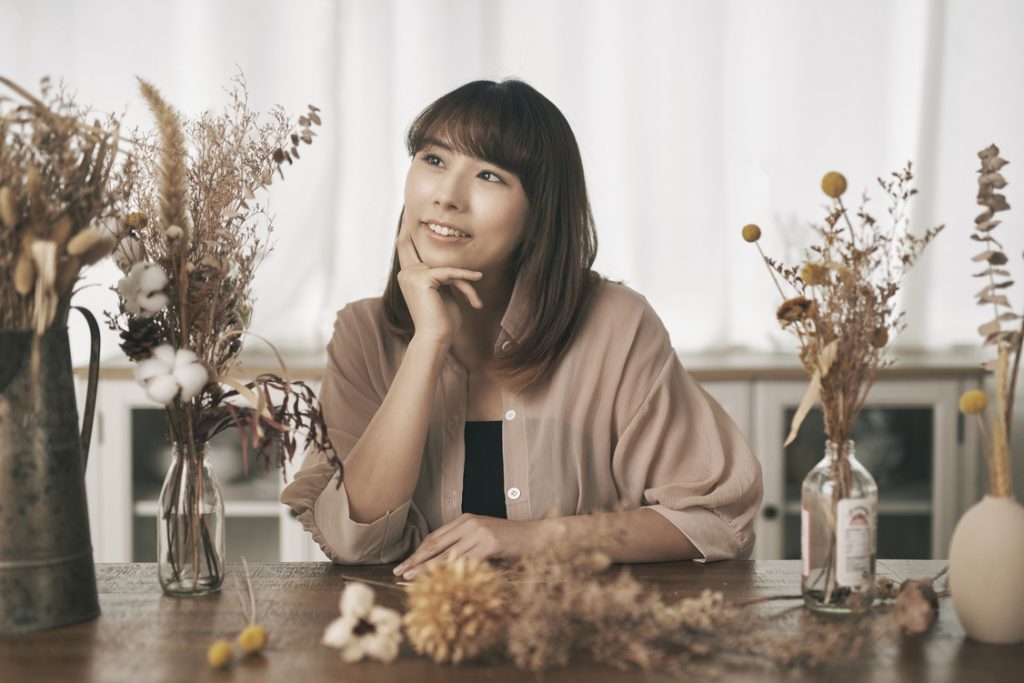
Having been in the teaching field since I was 18 years old, I’ve found that the insights and skills I’ve acquired from my Bravo! training has helped me be more creative with my teaching methods. I enjoy teaching and helping children learn through unconventional ways such as using drama-related activities to keep learning fun and exciting rather than sitting at a desk and doing workbooks.
Arisa Yasaratne
Bravo! Hong Kong Youth Theatre Awards
15th Anniversary Performa-logue
As students may have varying levels of performance experience and abilities, the most crucial aspect is to pique their interest and connect with them.
Acting is not about learning by numbers; if students can relate to and have opinions about the story, their emotions will give birth to the characters.
Reading and analysing the script can be likened to an experiment where approaching the text from different angles yields various perspectives. Starting from a basic understanding of the overall plot, we then apply the lens of different characters to comprehend how they interact with others and their surroundings. I believe in listening to them as my peers, making it easier for them to share their thoughts. Additionally, I incorporate games such as freeze frames or collaborative improvisations using their own experiences as themes. By engaging with drama in this way, students can explore their creativity and express themselves more authentically. The process of discovering and developing their characters and performances becomes a personal journey of growth and self-discovery, fostering a deeper connection with the art of acting.
Elvin Cheung
Tutor, Hong Kong Sea School
Young Theatre Makers
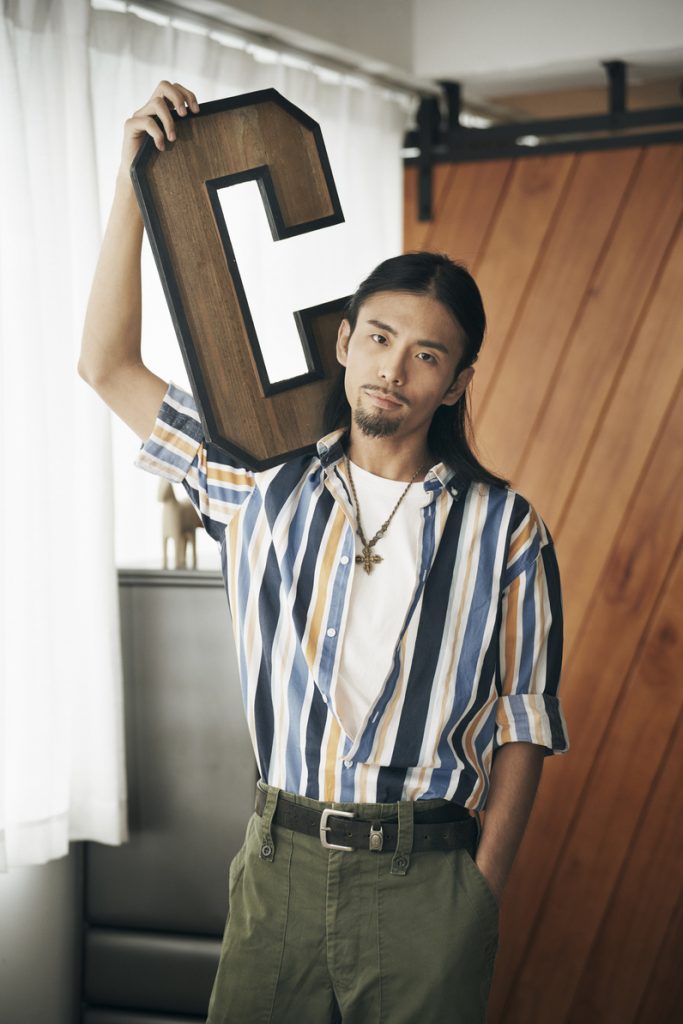

Michelle Chan
Tutor
Medical Humanities

Young persons with learning and communication challenges who aspire to pursue an active career can acquire the following skills through participating in our backstage workshops:
Teamwork: With a clear division of tasks backstage and mutual support to enable everyone to showcase their strengths, participants can learn the value of collaboration.
Problem-solving: By learning how to use various equipment and exploring different stage effects, participants learn to work together with other team members to find solutions to different challenges.
Organisational and Time Management: Participants learn effective organisation backstage to ensure all the key elements such as props, equipment and the venue are ready.
By acquiring these skills, participants can enhance their self-confidence and independence and lay a solid foundation for their future careers. Additionally, these skills can be applied in everyday settings, such as at school and at home.
Ken Ho
Project Manager, Jockey Club Artspiration Academy, St. James’ Settlement
Creativity & Theatre Workshop
I think I am a naturally curious person and I’m very aware of things around me, especially complex things which make me wonder how they are made. For instance, when I first saw the Scarecrow costume, I wondered how it was made on the sewing machine. I really want to be able to make it myself! When I don’t know something I hope the adults can help me. If not, I will also look it up online.
Tang Hau Him
Student, Tin Shui Wai Methodist Primary School
Jockey Club Arts-based Cross Curriculum Creative Learning Project
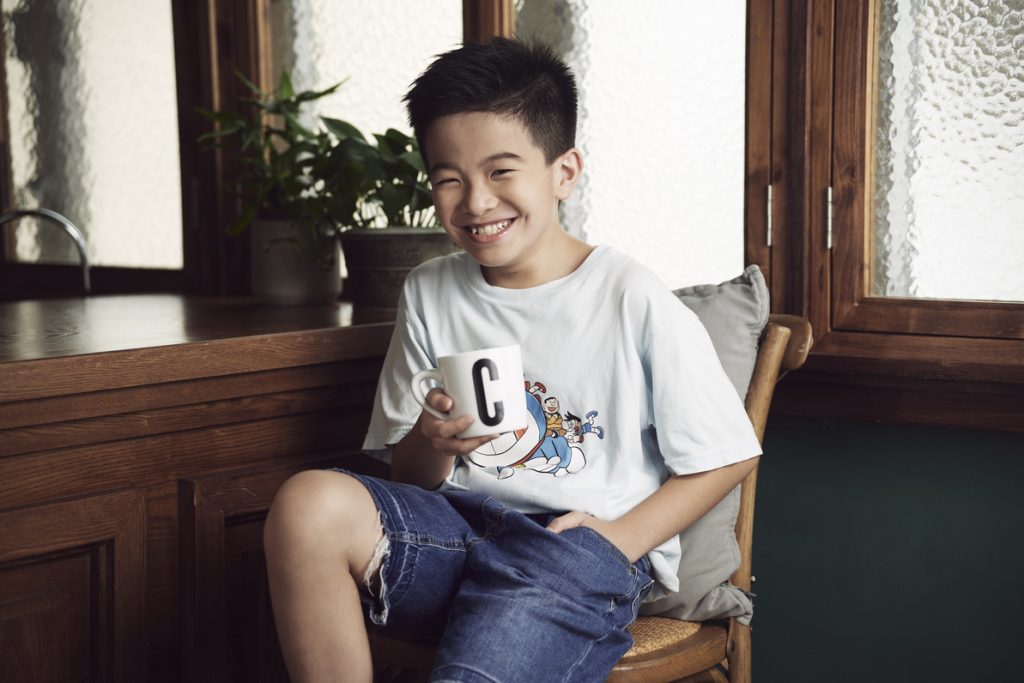
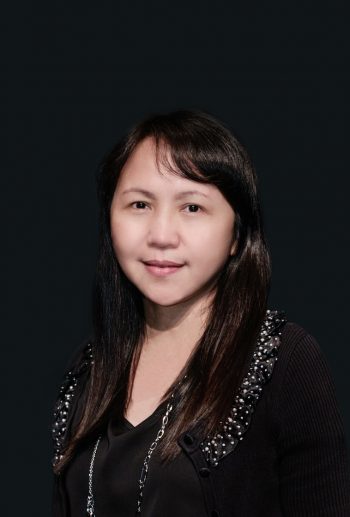
Myra Ng
Teacher, Ma On Shan St. Joseph’s Secondary School
Young Theatre Makers
Effective communication means being able to stand in someone else’s shoes and using your experience and knowledge to be able to make a judgement. When I first take on a script, I need to understand its context and the director’s preferences in order to find suitable props and costumes. Inevitably there are disagreements within the team but in order to prevent them you need effective communication skills. If the other person tends towards emotions, then we use feelings to discuss things. If they are more practical, then we can use drawings and other references. What worries me the most, however, is indecisiveness. If we can’t find common ground, there will always be a last minute change of direction which never produces a good result. Effective communication involves an awareness of non-verbal cues and an understanding of the other person’s thinking and communication style. That’s already half the battle.
Sam Siu
Deputy Stage Manager
“From Page to Stage®”
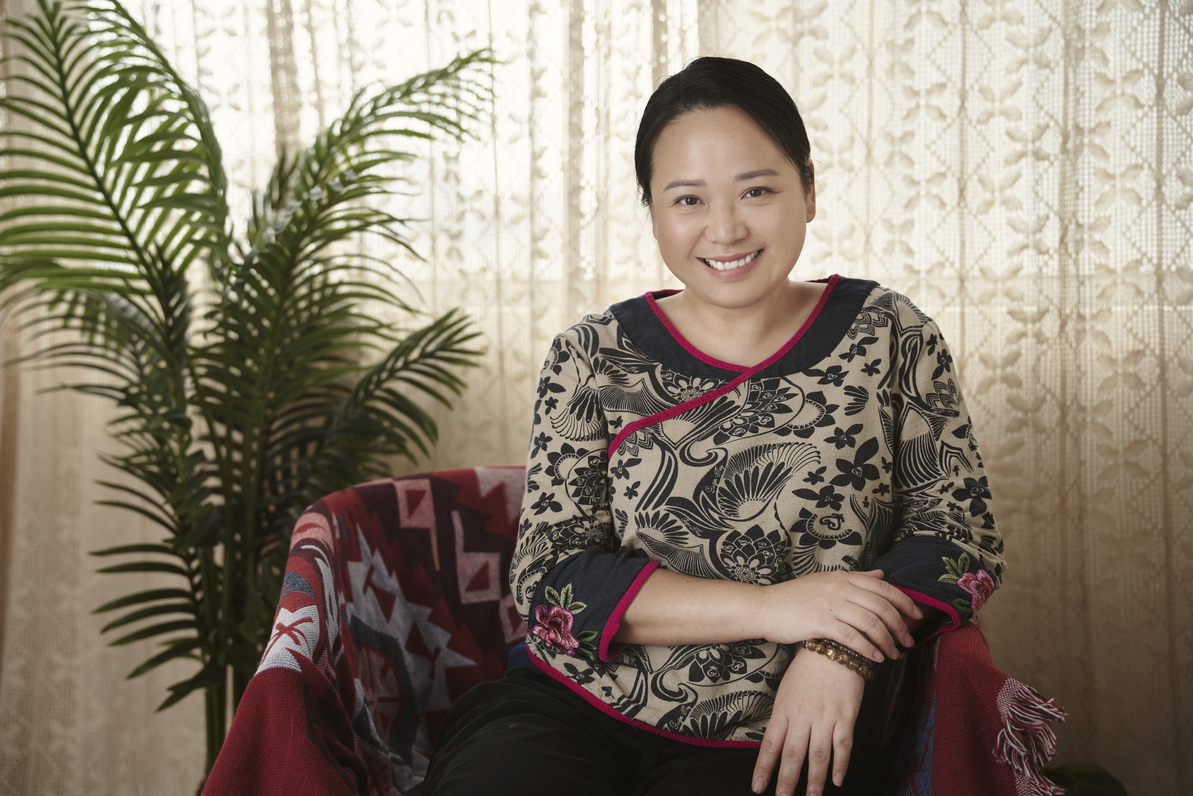

“Creativity” is the word I associate best with AFTEC’s productions for over a decade. It is the multi-faceted creativity that I have experienced which has stayed with me. I have been in many productions of so many different types and contexts, and it is the creativity of all the artists, from the actors through to the costume people, the make-up artists, the set designers, the crew, the scriptwriters and the directors which have been so very interesting. That is my abiding memory of it all.